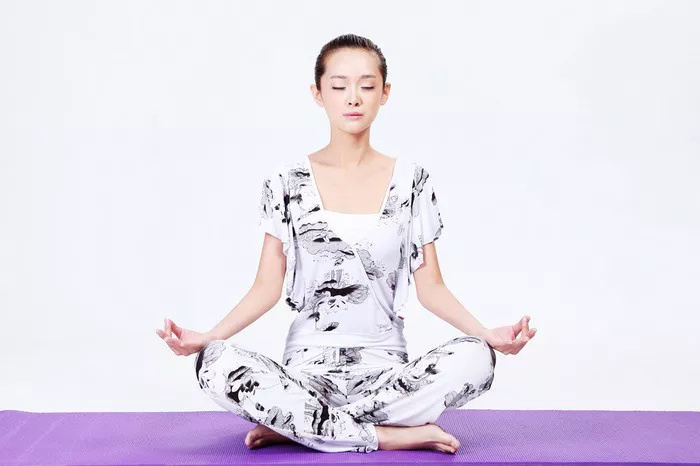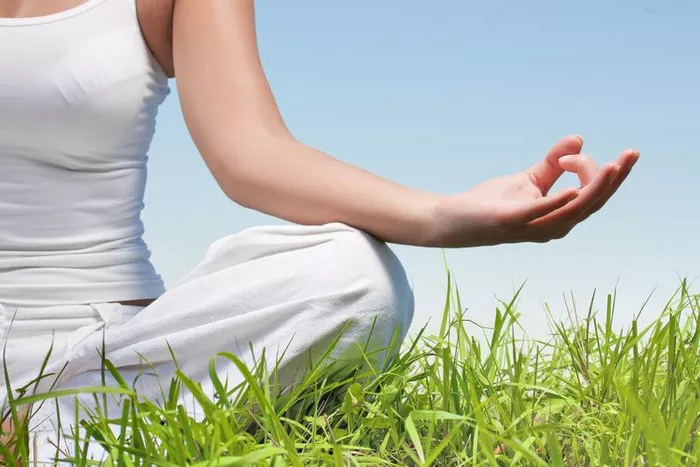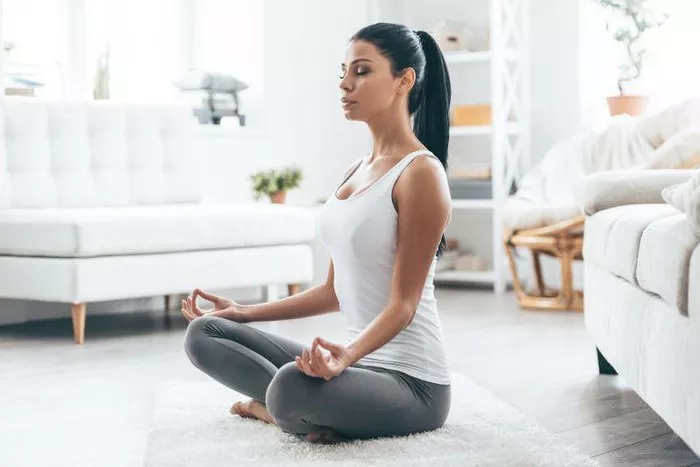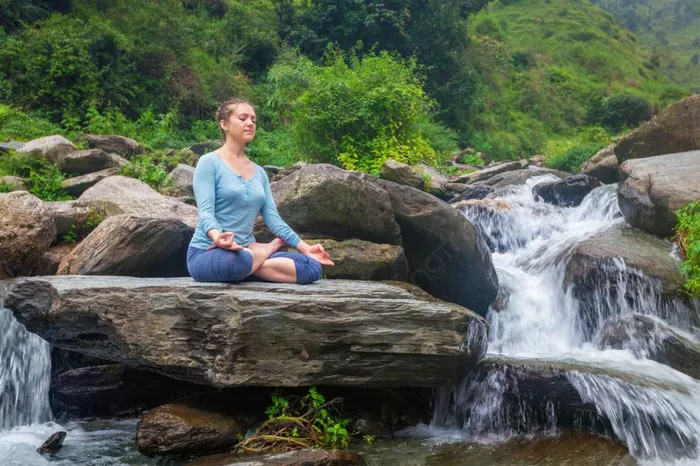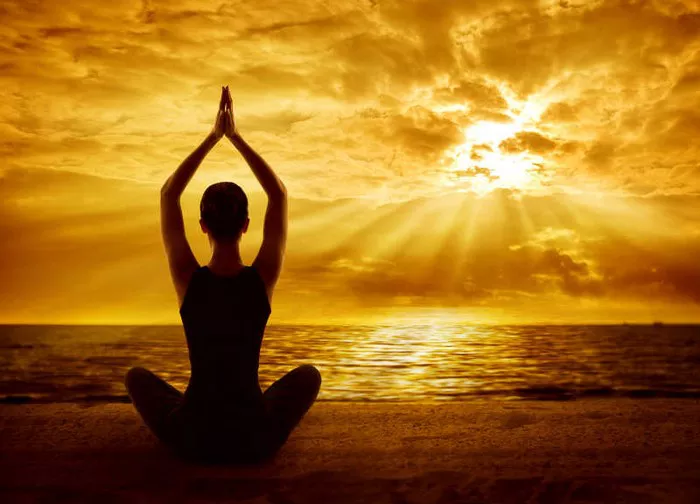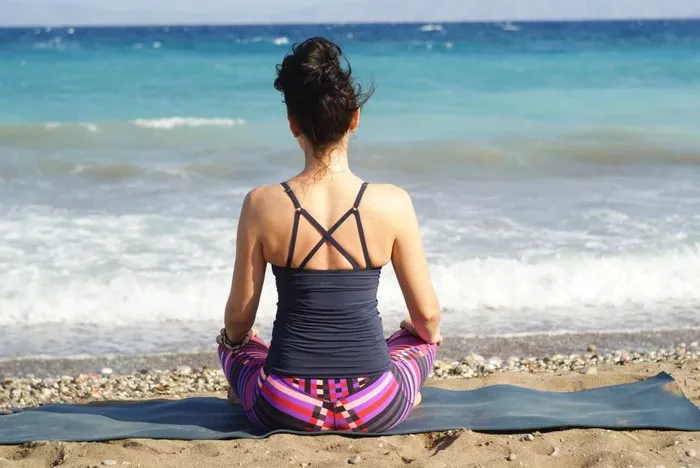Yoga is a practice that has been around for thousands of years, offering physical, mental, and emotional benefits to practitioners of all levels. For beginners, one of the most common questions is: How long should I practice yoga each day? While there is no universal answer, as each individual’s fitness level, lifestyle, and goals differ, there are some general guidelines to help beginners establish a sustainable and effective yoga practice.
Understanding the Ideal Duration for Beginners
When starting yoga, it is important to focus on consistency rather than duration. Many beginners assume they must practice for hours to see results, but in reality, even a short daily session can be highly beneficial. Generally, a beginner can start with 15 to 30 minutes per session, depending on their stamina, schedule, and comfort level.
Short Practices (10-15 Minutes)
- Ideal for absolute beginners with limited time or physical endurance.
- Helps to establish a habit without feeling overwhelming.
- Can focus on foundational poses like Mountain Pose (Tadasana), Downward-Facing Dog (Adho Mukha Svanasana), and Child’s Pose (Balasana).
- Great for relaxation, flexibility, and gentle stretching.
Moderate Sessions (20-30 Minutes)
- Suitable for beginners who have built some endurance and flexibility.
- Allows for a more complete practice, including warm-ups, asanas (poses), and a short relaxation or meditation.
- Helps in improving posture, mobility, and stress relief.
- Can incorporate beginner sequences like Sun Salutations (Surya Namaskar) and gentle flows.
Longer Sessions (45-60 Minutes)
- Recommended for those who have some experience or want a more immersive practice.
- Includes a well-rounded session with breathwork (pranayama), meditation, and a full-body asana practice.
- Provides deeper physical, mental, and spiritual benefits.
- Can be practiced under the guidance of a yoga instructor to ensure proper form and technique.
Factors Influencing Yoga Duration for Beginners
Several factors determine the ideal yoga duration for a beginner:
1. Physical Fitness Level
If you are completely new to physical exercise, starting with 10-15 minutes is sufficient to build stamina gradually. If you have prior experience with fitness activities, you may begin with 20-30 minutes.
2. Personal Goals
- If your goal is relaxation and stress relief, a short session focusing on breathwork and gentle stretches may be sufficient.
- If you aim for improved flexibility and strength, you may need a slightly longer session incorporating more dynamic movements.
- If you seek weight loss, then a 30-45 minute practice with more energetic styles like Vinyasa or Power Yoga may be necessary.
3. Time Availability
A busy lifestyle may not allow for an hour-long practice every day. Instead of skipping yoga, beginners can benefit from a short but regular practice. Even 10-15 minutes daily is better than one hour once a week.
4. Type of Yoga Practiced
- Gentle yoga styles like Hatha or Yin Yoga can be practiced for 15-30 minutes.
- More intense styles like Ashtanga or Vinyasa may require at least 30-45 minutes to experience full benefits.
- Restorative Yoga may require longer holds and deeper relaxation, making 30-60 minutes more effective.
How to Start a Beginner-Friendly Yoga Routine
Step 1: Set Realistic Expectations
Avoid setting an unrealistic goal, like practicing for an hour every day, if you are new to yoga. Instead, commit to a short, achievable duration and gradually increase your practice time.
Step 2: Choose the Right Time
Find a time that fits your schedule. Many people prefer morning yoga to energize their day, while others enjoy evening yoga to unwind.
Step 3: Focus on Basic Poses
Beginners should start with fundamental poses that build flexibility and strength. Examples include:
- Cat-Cow Pose (Marjaryasana-Bitilasana) for spine flexibility
- Warrior Poses (Virabhadrasana I & II) for strength and balance
- Seated Forward Bend (Paschimottanasana) for hamstring flexibility
Step 4: Incorporate Breathwork (Pranayama)
Yoga is not just about movement; breath control enhances the practice. Simple techniques like Deep Belly Breathing and Alternate Nostril Breathing (Nadi Shodhana) can improve relaxation and focus.
Step 5: End with Relaxation
Always finish with Shavasana (Corpse Pose) to integrate the benefits of your practice and promote relaxation.
Can You Do Yoga Every Day?
Yes! Yoga is a practice that can be done daily, provided you listen to your body. Unlike high-intensity workouts, yoga has various styles—some gentle enough for daily practice. If you practice dynamic yoga (e.g., Power Yoga), consider incorporating rest days or alternating with gentler sessions.
Common Mistakes Beginners Should Avoid
- Practicing for too long initially – Start small and increase gradually.
- Skipping warm-ups – Increases the risk of injury.
- Focusing only on flexibility – Strength and balance are equally important.
- Comparing progress with others – Yoga is a personal journey.
Final Thoughts
For beginners, the ideal yoga duration is anywhere between 15-30 minutes per session, with consistency being more important than session length. Whether you choose a short, simple routine or a longer practice, regular yoga can improve flexibility, strength, mental clarity, and overall well-being. The key is to listen to your body, start slowly, and build a routine that aligns with your goals and lifestyle.
By committing to a beginner-friendly yoga practice, you will experience its profound benefits over time. Whether you have 5 minutes or an hour, every moment spent on your mat brings you closer to better health and mindfulness.
Related topics

